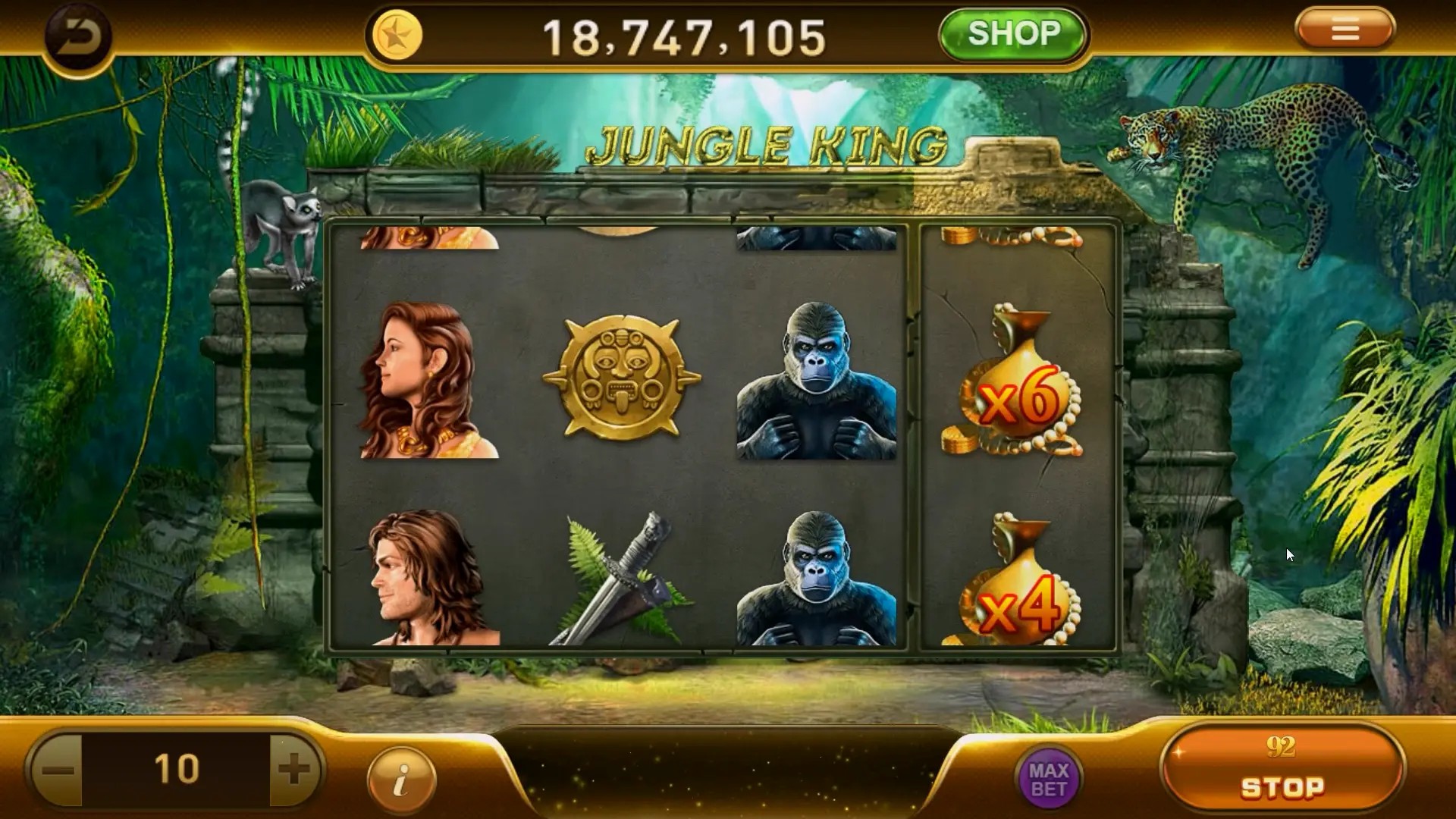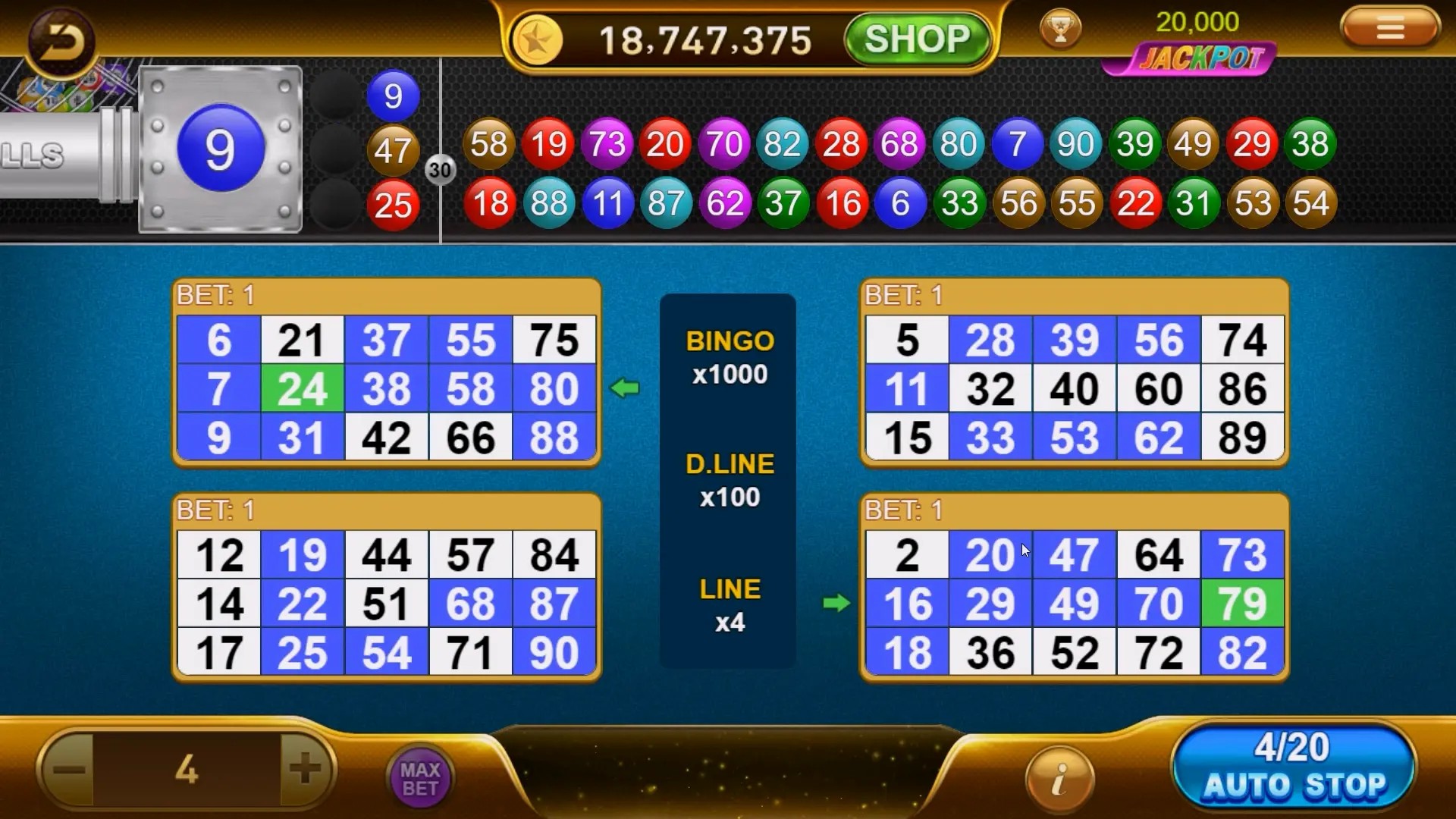Exploring Open World Games: The Hidden Potential of Educational Games in a Vast Digital Landscape
Open world games have taken the gaming industry by storm, offering players vast landscapes to explore, narratives to uncover, and experiences that stretch beyond traditional gaming. But what's often overlooked is the potential they hold for education, particularly when we merge the immersive qualities of these games with educational objectives. In this article, we’ll delve into the intricacies of open world games, spotlight their value as educational tools, compare them with the greatest story mode games, and gently throw in a question that might tickle your curiosity: does egg go in potato salad?
The Allure of Open World Games
The defining characteristic of open world games is their freedom. Players are given the power to choose how they navigate through expansive environments, making decisions that impact gameplay. This non-linear approach not only enhances user engagement but also cultivates problem-solving skills. In Brazil, titles like “Grand Theft Auto V" and “The Legend of Zelda: Breath of the Wild" have captivated audiences, proving that players will invest time and energy into worlds that feel alive.
Educational Games: More Than Just Fun
Traditionally, educational games have been seen as simple tools for knowledge transfer. However, when we examine open world educational games, we start to appreciate their complexity. These games can offer:
- Interactive storytelling that makes learning memorable.
- Real-world scenarios that require critical thinking and decision-making.
- A safe space for experimentation—making mistakes without real-world consequences.
Consider games like “Minecraft: Education Edition," where players engage in a virtual building environment, learning about architecture, physics, and even history as they recreate historical structures. The educational potential here is staggering.
Integrating Story with Learning
One major advantage of open world games is their ability to weave narratives into gameplay. This attribute aligns closely with some of the greatest story mode games that have been cherished over the years. By incorporating educational content into intriguing storylines, games can captivate learners. For example, imagine a game set in ancient Rome where players not only build their empire but also learn about societal structure, governance, and culture. Learning becomes a powerful, engaging journey.
The Role of Exploration in Learning
Exploration is at the core of open world gaming. Players often get lost in the world, discovering hidden secrets and solving puzzles. This aspect can be mirrored in education, where inquiry-based learning becomes more dynamic. Learners can investigate various paths, choose their quests, and develop a profound understanding of topics at their own pace. It’s about crafting an educational experience where curiosity leads the way.
Table: Comparison of Open World and Traditional Educational Methods
| Aspect | Open World Games | Traditional Educational Methods |
|---|---|---|
| Engagement Level | High - Players are immersed | Moderate - Fixed curriculum |
| Learning Pace | Self-directed | Instructor-led |
| Creativity | High - Freedom to create | Low - Constrained tasks |
| Interactivity | High - Immediate feedback | Variable - Feedback can be delayed |
Beyond Gaming: Skills for the Future
Incorporating educational principles into open world games equips players with vital skills for the future. Collaboration, critical thinking, and adaptability become part of the gameplay experience. This blend is crucial in today's job market. As Brazil emphasizes technological advancement, aligning educational initiatives with gaming principles can produce a generation of innovative thinkers.
The Proposal: Bridging Education and Gaming
So, how do we bridge the gap? Game developers need to work with educators to design games that fulfill both entertainment and educational roles. This collaborative approach ensures that games achieve benchmark learning outcomes while maintaining fun. Specialized content targeting Brazilian learners, such as local history or science, could be integrated, increasing relevance and engagement.
Conclusion
In summary, open world games possess enormous potential as educational tools. By learning from the freedom and engagement that characterize these games, we can create educational experiences that resonate with learners of all ages. While we enjoy uncovering the exciting worlds these games offer, let’s remember the deeper educational value they could provide. As we think about our next gaming session, have you pondered if egg belongs in potato salad? It's these surprising questions that broaden our understanding, just like the vast worlds we explore in games.



